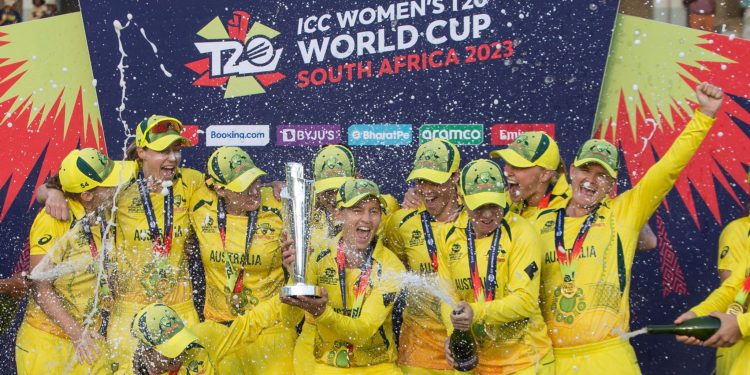As the 13th ICC Women’s Cricket World Cup draws closer, it’s a good idea to look back on 52 years of history.
Rachael Heyhoe Flint, the captain of England, and Jack Hayward, a businessman, were both from Wolverhampton. They came up with the tournament at their 1971 brainstorming session, and two years later, Heyhoe Flint led the home team to victory.
Seven teams, including a Young England team, competed in the Women’s Cricket World Cup 1973. Teams fought over 60 overs rather than 50, and the champions were determined by a league table rather than a knockout tournament. Enid Bakewell, however, scored 118 for England to defeat Australia by 92 runs and win the title by three points in the final round-robin match, which was a winners-take-all contest.
Australia, England, and New Zealand joined India, which hosted and participated in the 1978 event for the first time. Tens of thousands of Indian cricket fans travelled to Hyderabad’s Lal Bahadur Shastri Stadium to watch the final match, which was once again a de facto final, but this time Australia defeated the holders.
It wasn’t until two years later that the men’s event was held, but the first-ever ICC Women’s Cricket World Cup was the first cricket competition of its kind.
In 1982, a final was added, and five teams—four from 1978 plus an International XI—were hosted by New Zealand. When an undefeated Australia faced England in the final, it was a familiar affair. The match went down to the penultimate over before the holders won by three wickets. After successfully defending their trophy in 1988 and defeating England in the final, Australia lost out on the 1993 final for the first time.
After Ireland and the Netherlands made their debut in 1988, the competition returned to England that year, with Denmark and the West Indies making their debut in an eight-team championship. When England defeated the unbeaten New Zealand at Lord’s to win their second World Cup, Jan Brittin’s 48 was the highest score of the final.
In 1997, a record 11 teams participated, including South Africa, Pakistan, and Sri Lanka for the first time, putting Australia back on top. Australia and New Zealand advanced to the quarterfinals after the teams were divided into two groups, with four teams from each group making it to the finals. Australia won by seven wickets, but in 2000, when the competition was increased to 50 overs per team, New Zealand came back to take the title at home by a mere four runs.
In 2005, South Africa was given the opportunity to host for the first time, and India advanced to their maiden final. However, Australia proved to be too formidable once more, winning by 98 runs thanks to Karen Rolton’s undefeated 107.
Australia and England exchanged the trophy for the following three editions. In 2009, Australia lost to England, and in 2013, they defeated the West Indies, who were the first-time finalists.
When England returned home in 2017, they defeated India in a thrilling match at Lord’s, with Anya Shrubsole taking six for 46.
When Australia defeated England in the final in Christchurch in 2022, they were in seventh heaven, and Bangladesh made their debut. The highest score ever recorded in a World Cup final was 170, which was achieved by Alyssa Healy.
Australia seeks to defend the trophy, something they haven’t done since 1988, while Sri Lanka joins India in sharing some hosting responsibilities for the first time this year.







